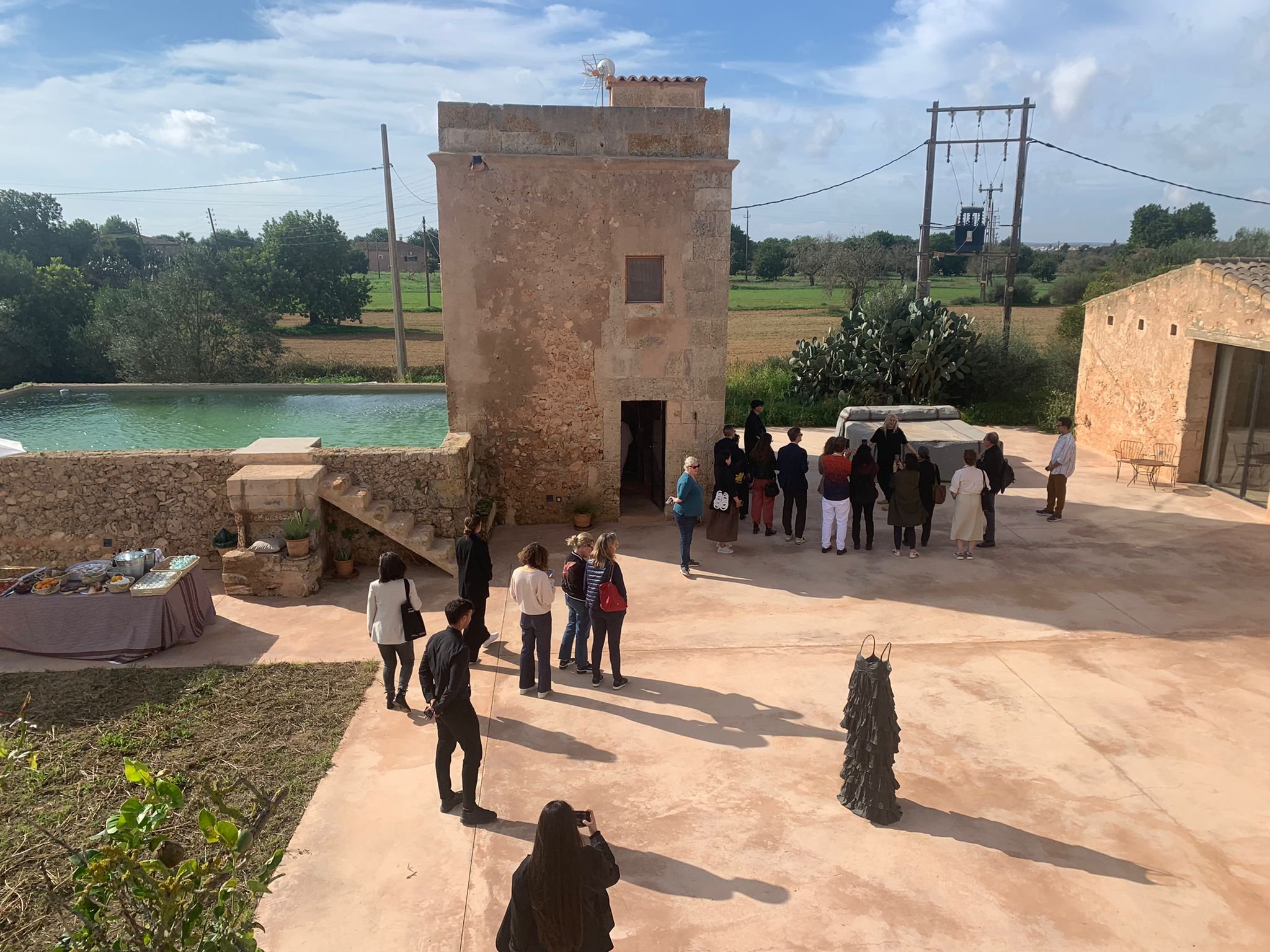The social aspect of sustainability

(1) Examples of Immediate Actions
This section collates a series of actions and solutions that are currently being implemented in the museums and curatorial projects of CIMAM members and the professionals who took part in the survey conducted by CIMAM in 2022 titled "Climate, Social, and Economic Sustainability: How Modern and Contemporary Art Museums Act to Achieve the Sustainable Development Goals."
The social aspect of sustainability: diversity, equity, & inclusion (dei) and education.
QUALITY EDUCATION
- Increase staffing with a diversity of origins, encourage learning skills for specific roles (e.g., curators learning pedagogy), and work collaborating across all departments: curatorial + research and education.
- Focus more on the adoption of Education for Sustainable Development approaches.
- Increase funding for educational programming and make it permanent.
- Encourage the development of critical thinking skills and connect curriculum and current social conversations with the collections and exhibitions in a new and inspiring way.
- Create learning teams to participate actively with diverse and under-represented communities in the museum’s local area and beyond.
- Shed light on pressing issues through creative and engaging ways by working with artists and educators to integrate these stories into museum programs.
- Plan museum educational programs and outreach experiences in collaboration with the local community.
- Collaborate with local partners - schools, NGOs, authorities, and universities to ensure a quality, inclusive, and sustainable educational program.
GENDER EQUALITY
- Evaluate gender equality by also addressing racial and class inequalities in all programming and every individual project in the early stage.
- Achieve racial and gender equity in the workplace and the museum collections and exhibitions that reflect the society the museum finds itself in.
- Create a work environment that embraces all genders and identities.
- Educate about gender equality and inclusion in the museum programs.
REDUCING INEQUALITIES
- Go beyond the museum walls and be an active part of the community.
- Use exhibitions to create opportunities to invite communities into the conversation.
- Establish a Community Curatorial Advisory Group to engage culturally and linguistically diverse voices and perspectives in planning for commissions, acquisitions, and exhibitions.
- Encourage a new generation of philanthropists and leaders to support the transformation of 21st-century art galleries and museums with values of sustainability and environmental stewardship, inclusion, diversity, experimentation, and innovation.
- Create a Framework and Action Plan for Diversity, Equality, and Inclusion, demonstrating the museum’s commitment to ensuring equal access to all community sectors.
- Include people from diverse and minority backgrounds and young people on the boards of institutions to allow them to interact with the museum over the long term and influence what it does.
- Continually review the hospitality offered by the institution and development of a manual for inclusive language.
- Museums are referents for defending fundamental human rights in the museum practice and in society as a whole.
- Museums are responsible for generating discussions that make visible groups at risk of exclusion or representation.